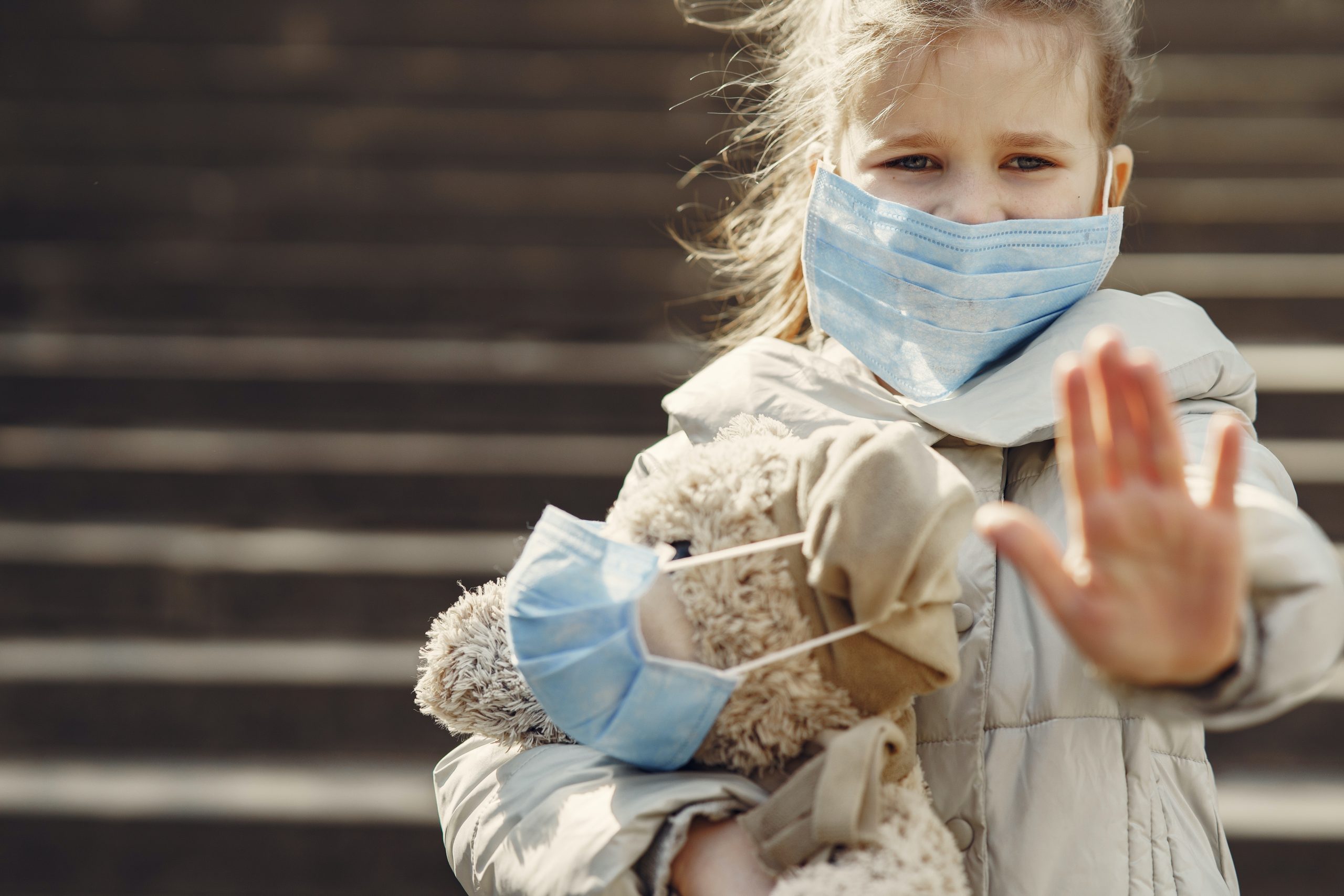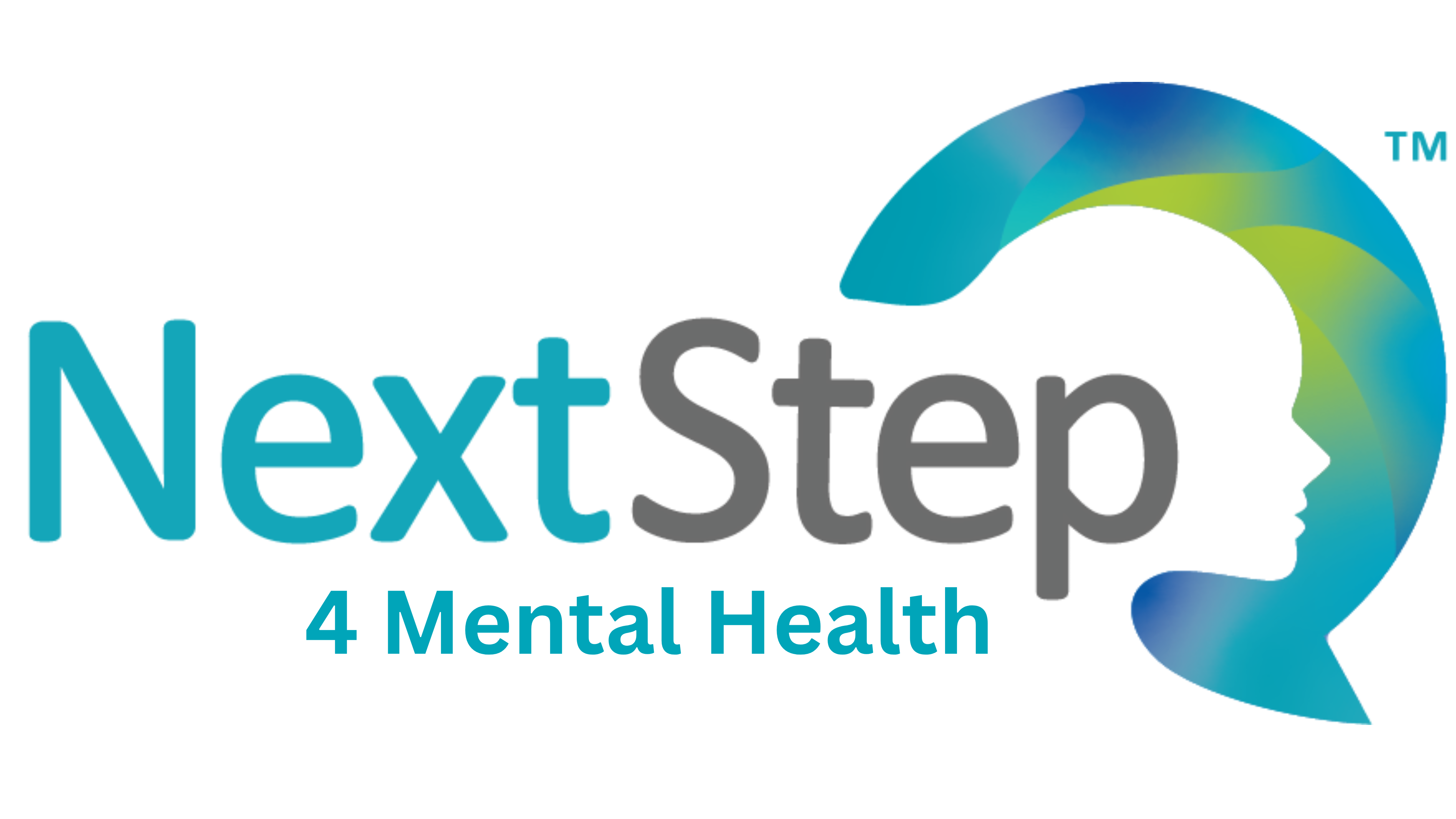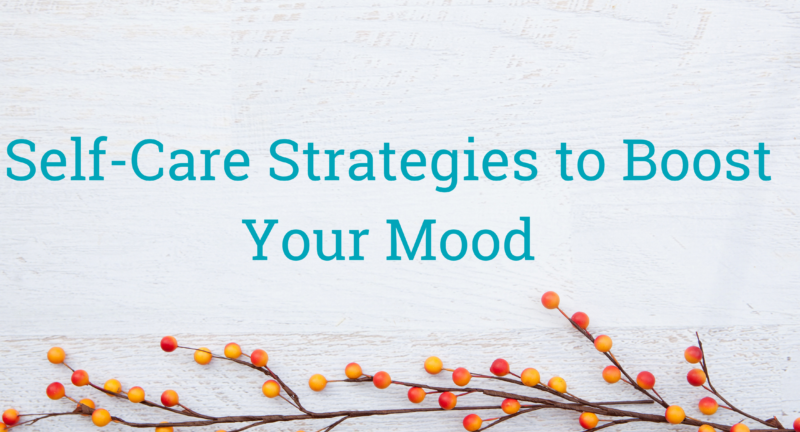
13 Ways to Help Children Cope with Back-to-School Anxiety
An upset stomach. Nightmares. Unrelenting desire to avoid school. Difficulty sleeping. Temper tantrums and crying outbursts. These are all examples of how anxiety can manifest in children. Sometimes, these signs of anxiety are attributed to other causes i.e., a stomachache from eating a rich meal before bed. Anxiety can be hidden in plain sight, but as we enter back-to-school season, you might start to see the signs of back-to-school anxiety.
Mental healthcare providers have noted a 17% increase in anxiety cases in children in the past decade, according to the Child Mind Institute. And the current pandemic has only contributed to the increasing spike in anxiety cases, according to the Centers for Disease Control and Prevention. Anxiety in children is treatable, but because it can be hidden or missed, as many as 80% of children aren’t getting the anxiety treatment they need.
As your child is preparing to go back to school, you might start to see signs of anxiety. Anxiety is more than just worries — it can affect your child’s personal life as well as academic performance.
Children who are worried and anxious aren’t doing it to get out of going to school. In fact, your child’s nervous system functions all on its own, especially when it comes to worry and fear. If your child senses fear, his or her nervous system kicks into action and triggers fight or flight reflexes. This is why phrases like “don’t worry” or “just relax” or “calm down” aren’t helpful — even though they seem like the right thing to say.
With a little practice and guidance from you, your child can learn to slow down his or her anxious brain. Here are a few ways you can help your child manage back-to-school anxiety this fall.
1. Practice Deep Breathing Exercise
When children feel anxious, they may subconsciously take shallow, quick breaths. These chest breaths can increase heart rate, muscle tension, and even contribute to dizziness. Taking slow, deep breaths can help you shift from chest breathing to abdominal breathing. When children slow down their breathing, it helps to shift out of flight or fight mode so their body can relax. Isn’t science cool?! Slow, deep breaths — that’s the key!
You can do square breathing or triangle breathing, or you can follow along with guided meditations. The following videos are cute ways to introduce the idea of deep belly breathing to young children.
Rainbow Breathing
Whale Breath Singalong
Once your child learns how to belly breathe, he or she can practice deep breaths before bed — or any time during the school day when he needs a quick reset.
2. Spend Time in Nature
Nature is healing, and it can do wonders for easing anxious thoughts. Sometimes children benefit from simply changing up the scenery. This is especially helpful if your child is participating in e-learning and just needs to get out of the house. As your child breathes in the fresh air, feels the breeze rustle his hair, or listens to the birds chirp, his thoughts are gently calmed.
This is a great opportunity to practice a grounding technique. Monica Clark, LPA, explains this technique:
If you find yourself beginning to lose focus, ground yourself in the moment. One effective grounding technique is the 5-4-3-2-1 Game. In this technique, you ground yourself in the physical environment by naming:
- 5 things you can see
- 4 things you can hear
- 3 things you can feel against your skin
- 2 things you can smell
- 1 thing you can taste
Ask your child to describe the smells, find green leaves, describe the texture of a pebble.
3. Talk about What Anxiety Is
“Anxiety is often regarded as something that is bad and should be eradicated completely. However, anxiety by itself isn’t necessarily bad. Anxiety is actually an emotion that helps us take care of dangerous situations — and respond to those situations. If we are aware of a potentially dangerous situation, we can avoid harm,” says Dr. Dan Guy.
In other words, worry and fear is designed to help us avoid potentially dangerous situations. For example, a stray dog charging at your may instill fear, and it’s that fear that ignites flight or fight mode — so you can take flight to safety. Problems arise when anxiety and fear is triggered outside of dangerous situations — like feeling physically anxious even if there isn’t a dog nearby.
It’s tempting to remove all anxiety triggers from your child because — as parents — we don’t want our child to be unhappy, but the goal is to help your child manage anxiety because experiencing some degree of anxiety is part of what it means to be human. For example, if your child is feeling anxious about this school year, he or she may ask to skip a day of school. While skipping a day of school might temporarily ease his mind, it won’t be helpful in the long-term nor will it help him manage anxiety. Instead, it’s more helpful to teach a child how to manage anxiety.
Explore this great article of what you should (and shouldn’t) do when your child has anxiety.
4. Fit Fitness into Your Schedule
Exercise is good for your body and mind — and that’s true for children too. The above video depicts an easy at-home workout that your child can perform after work, but that’s not the only option. Other good-for-the-brain exercises include:
- Hiking
- Playing sports like soccer or basketball (even if it’s in your backyard)
- Rollerblading
- Biking
- Dancing
- Jump rope
Walking around the block or playing tag in the yard are good options too!
5. Go for a Walk Around the Block
We just talked about the importance of exercise, and this tip combines an exercise (walking) with some quality one-on-one time. If you go for a walk-and-talk with your child, you’ll experience three key benefits:
- A walk around the block removes your child from his environment ( a fresh scenery is always helpful)
- The quality time allows your child to express his or her feelings and frustrations and worries
- The exercise produces “happy” endorphins to lift your child’s mood

6. Think Positive by Introducing a Gratitude Journal
Keeping a gratitude journal is a great way to combat anxious thoughts. In fact, writing in a gratitude journal is shown to improve emotional resilience and reduce stress. There are many ways to keep a gratitude journal, but here are some tips:
- Journal first thing in the morning to start the day on a positive note
- End the day with a quick reflection about things you were grateful for over the course of the day
- If your child can’t write yet, she or he can draw pictures instead
You can download our free printable Gratitude Journal. Print out the journal and let your child explore the concept of gratitude. With 50+ pages, your child will have nearly two months of journaling!
7. Focus on Good Nutrition
Good nutrition impacts your mental health too! In fact, there are plenty of tasty brain-healthy foods, such as:
- Salmon
- Yogurt
- Turmeric
Not all kids enjoy salmon, but a yogurt-lemon-dill sauce may make the salmon more appetizing for kids. You can also make salmon loaf, which eliminates the fish texture that children might not like.
TIP: If your child has a stomachache caused by anxious thoughts, she or he may not feel like eating. If that’s the cause, offer more bland foods or a warm cup of chamomile tea.
8. Read a Story
Children can learn important life lessons through reading — plus, reading is a good bonding activity! Review this list of books via WeAreTeachers, and you might discover some great books for kids with anxiety.
9. Create a Safe Space
If your child is feeling overwhelmed, he or she may benefit from a cozy place to unwind after school. From fidget spinners to books to coloring books, this can be a great way for kids to process all of their thoughts after school — rather than jumping right into homework or chores.
10. Ask for Individual Accommodations
For some children, accommodations at school can make all the difference when it comes to anxiety. For example, if a student struggles with performance anxiety, he or she may not do well when taking tests. Some students benefit from individual accommodations such as extended time on tests. For other accommodations for kids who struggle with anxiety, check out this list from The Children’s and Adult Center for OCD and Anxiety.
11. Help Your Child Practice Good Sleep Hygiene
Poor sleep and anxiety often go hand-in-hand. Anxious thoughts can make it difficult to sleep, and poor sleep can exacerbate the symptoms of anxiety. Help your child practice good sleep hygiene, including:
- Going to bed at the same time every night
- Using warm-colored lights during his or her bedtime routine
- Sleeping in a cool, dark room
12. Go Over New Changes
Reduce back-to-school anxiety by going over any new changes with your child. Maybe your child feels unsure about the new rules at school. Be sure your child understands what the new rules are (when to wear masks, etc) to help cut back on some “fear of the unknown.” If your child is participating in e-learning, ask your child if he would like to review any of the technology. Sometimes just a quick refresher on what’s expected can go a long way in feeling confident about the new school year.
13. Reach Out to Your Child’s Mental Health Care Provider
The good news about anxiety is that it can be treated with therapy, medication, and lifestyle changes. With the right support and strategies, most children are able to develop strategies that help them manage their anxiety both in the classroom and at home.
Here at Next Step 2 Mental Health, we provide comprehensive mental health care for children (and adults too!). Whether your child is just now experiencing anxiety for the first time, or is seeing a resurgence in symptoms, we can help your child get the relief s/he deserves. Call 502-339-2442 or send us a message to request more information.
You can also request an appointment easily here.Related Posts
10 Self-Care Ideas to Try If You’re Feeling Sad This Thanksgiving
Holidays can be a time of joy and togetherness, but sometimes holidays can be...
Fear and Phobia: What’s the Difference?
A phobia is an aberrant or extreme fear of something. In some cases, the fear is...




